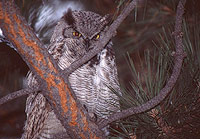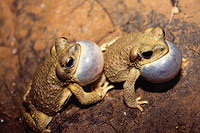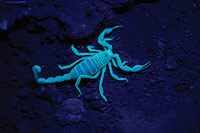 The ancient Babylonians get credit for starting the concept of new year pledges, later being known as resolutions. However, their calendar year started in March with the planting of crops, not in the middle of winter. Their pledges revolved around religion, socioeconomics, mythology, and the accumulation of power.
The ancient Babylonians get credit for starting the concept of new year pledges, later being known as resolutions. However, their calendar year started in March with the planting of crops, not in the middle of winter. Their pledges revolved around religion, socioeconomics, mythology, and the accumulation of power.
When the Romans initiated the Julian calendar, January became the starting month of the new year, and resolutions were still a thing.
In 1582, Pope Gregory XIII set the Gregorian calendar as the official measure of days and months starting with New Year on January 1. The concept of pledges or resolutions continued and these have been made, broken, or fulfilled since then.
Personally, I tend to shy away from new year resolutions even though I could shed a few pounds or be nicer to my political representatives. So, this year, I’m stepping out with a single but multifaceted resolution that I’d really like to keep – and that you might like as well. Here we go.

Resolution: Explore nature at night.
It’s easy to stay inside after dark, but really this is when a lot of creatures are active here in Canyon Country. Owls call in the dark indicating their presence which is easy to overlook in the day. In spring, the nocturnal choruses of leopard frogs, red-spotted toads, and Woodhouse’s toads pierces the night. Males inflated their vocal sacs and create a symphony of calls that resemble the bleating of sheep or high-pitched trills
In addition to these nocturnal creatures, there are those that make no sound but still prowl the night. The first group is the moths, whose presence we often view as bothersome or creepy. These creatures provide a lot of pollination services to night-blooming plants and, especially during their larval stage, form a huge biomass for songbirds that feast on the caterpillars. Hanging a sheet with a portable light attracts moths to a backyard or campsite and allows for close-up inspection of the various species. Again, during spring, it’s very cool to watch as pronuba or yucca moths do their thing on yucca flowers. The symbiotic relationship between the female moth and the flower involves her depositing balls of pollen on a flower’s stigma while depositing her eggs in the flower’s ovary. Eventually, the developing seedpods will provide a food source for her larvae.

Another species that warrants attention of this resolution is the scorpion. Use a portable blacklight to wand over a sandy dune or open patch of ground to locate these amazing creatures. Their exoskeletons “glow” with an eerie blue-green color. Exactly why this happens is one of Nature’s mysteries. Still, the sight is amazing and you might even really luck out to watch as a pallid bat stalks its scorpion prey by chasing it on the ground.
In addition to watching or listening for desert dwellers, the star-studded night sky is also an invitation to exploring the dark. Many National and state parks offer excellent opportunities to view constellations and planets in the night sky. As members of the International Dark Sky Parks and Sanctuaries, these and other locations preserve and protect the quality of viewing the night sky, as well as for natural or cultural reasons. Star maps or apps help to identify galaxies, planets, constellations, and individual stars that humans have looked up to even way before the Babylonian started the concept of new year resolutions. Even a distant thunderstorm is a spectacular way to enjoy the night sky.
Happy New Year!